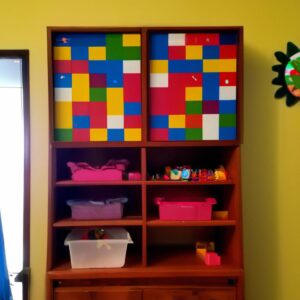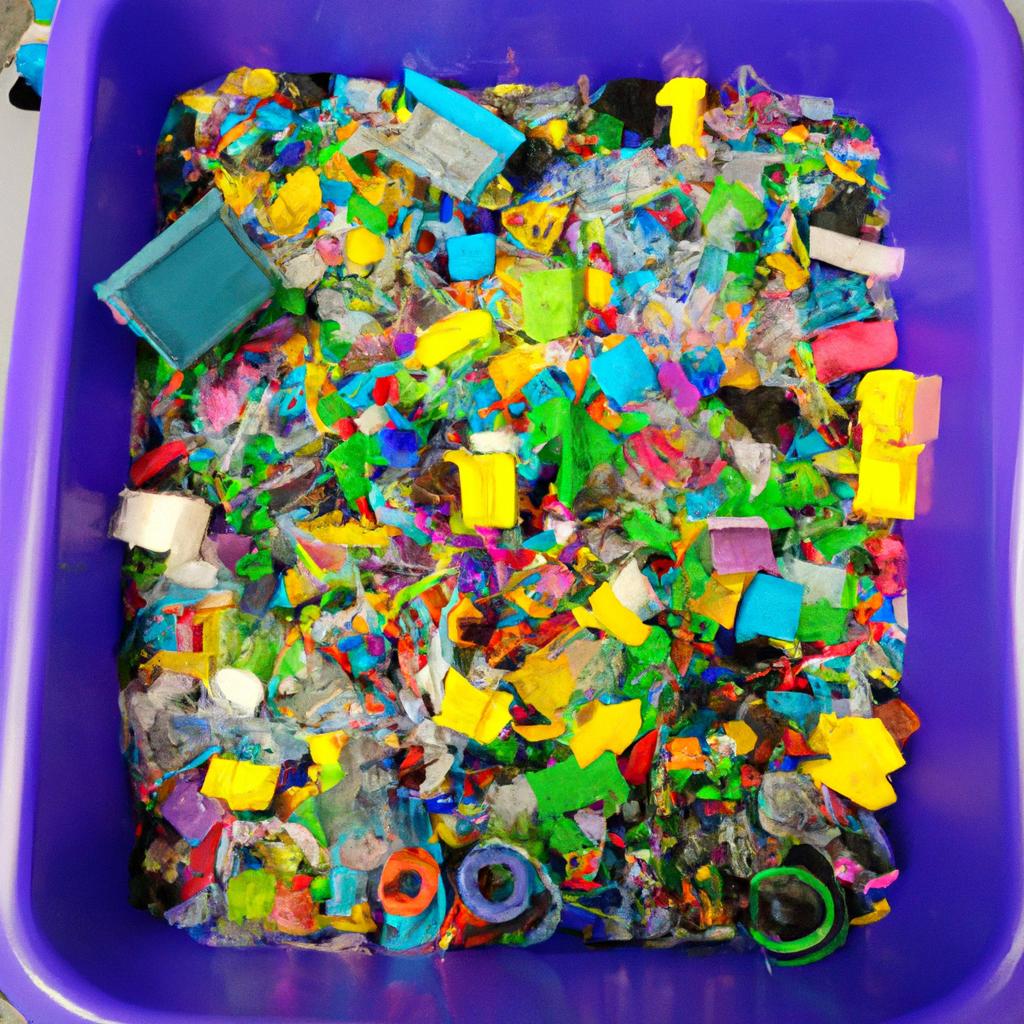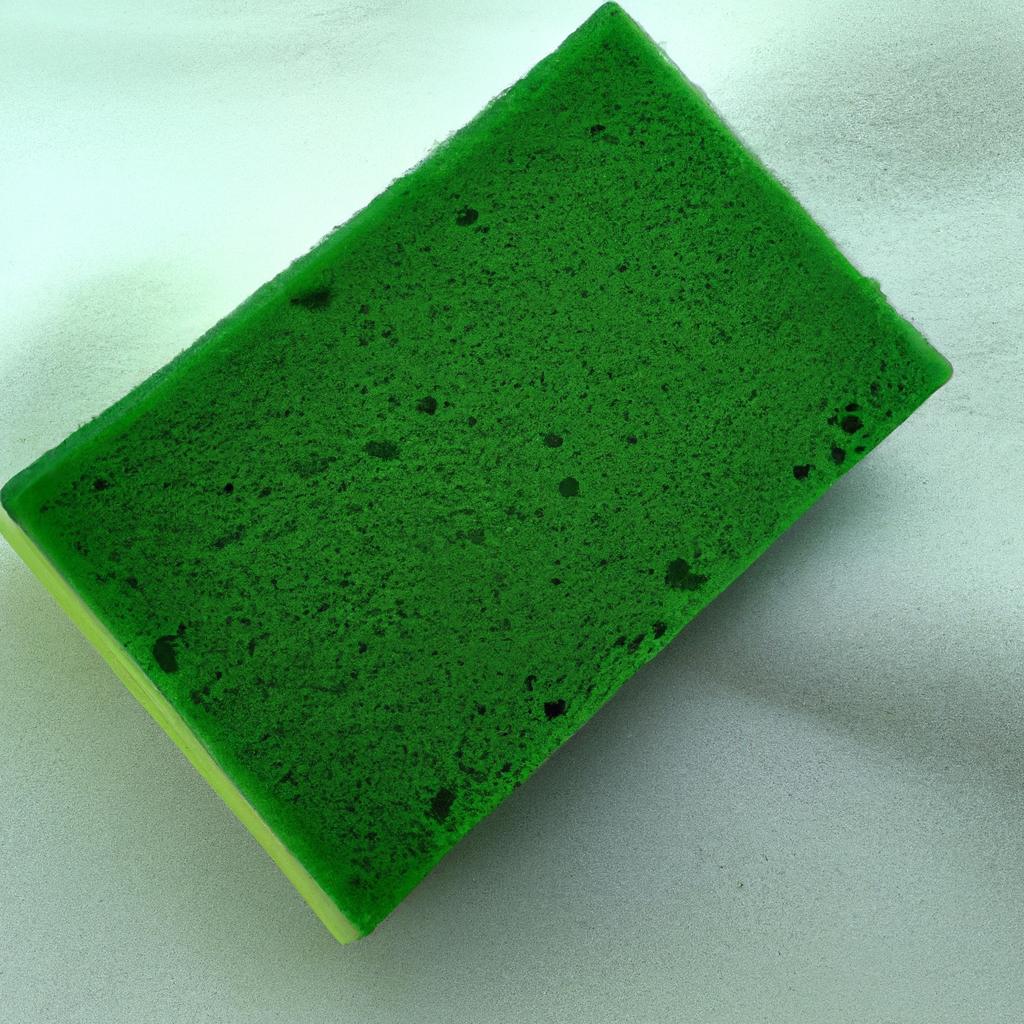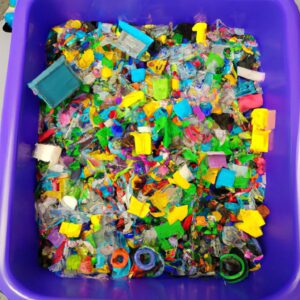Introduction: What is LEGO and the Importance of Properly Storing Your Sets
LEGO is one of the world’s most popular and beloved toys for both kids and adults. These colorful interlocking building blocks are made of plastic and come in all sorts of shapes and sizes, allowing users to build their own creation, whether it’s a castle or a spaceship.
Whether you’re just starting a LEGO collection or adding to your existing one, proper storage is essential. Proper storage helps to protect your valuable investment from damage caused by things like dust, dirt, and moisture while also keeping your LEGO sets safe from curious little fingers.
This guide will go over the basics of what you need to know in order to properly store your LEGO sets. We’ll discuss the best tips for choosing the right storage containers, how to store bagged LEGO pieces, the best practices for storing LEGO sets in their original boxes, how to use plastic shelf bins and drawers for organization, the different ways you can organize LEGO sets according to size, and how to care for your LEGO collections over time. We’ll even include some bonus tips for preserving your LEGO brick collections.
So, if you’re ready to learn how to store your LEGO in an organized and efficient manner, let’s get started!
Tips for Choosing the Right Storage Containers for LEGO Sets
Properly storing your precious LEGO sets is essential for preserving them in perfect condition. To ensure your collection will last for years to come, you’ll need to choose the right storage container. The right storage solution can help you maintain organization and make finding pieces easier.
When choosing storage containers for your LEGO sets, there are several factors to consider:
- Size: Make sure your container is large enough to comfortably fit the entire set without overcrowding or squeezing pieces together.
- Materials: Look for containers that are made of sturdy materials such as plastic or metal. Avoid containers with jagged edges as they could scratch or damage the pieces.
- Durability: Choose a container that is very durable and will be able to stand up to wear and tear.
- Visibility: If you plan to store multiple LEGO sets, pick a container that will allow you to easily find the set you’re looking for. Clear plastic containers are best for this, as they allow you to see through them and identify the pieces inside.
- Weight: When selecting containers, keep in mind the weight of your LEGO sets. If you’re organizing heavier models, go with a more durable material such as metal.
By considering each of these factors before purchasing a container, you’ll be able to find the right one for your LEGO sets. This will help keep your collection organized and increase its lifespan!
How to Store Bagged LEGO Pieces
When properly storing your LEGO sets, the small pieces are just as important to consider. Whether you have unsorted parts in bags or sorted them into containers, there are a few key things to keep in mind.
1. Keep Them Dry
The worst thing you can do for LEGO pieces is to let them get wet. It can cause them to swell and grow misshapen, making them difficult to use or even unusable. To avoid this, it’s best to keep them away from water sources as much as possible and store them in a cool, dry place.
2. Choose Airtight Containers
Airtight storage containers are ideal for keeping LEGO pieces safe and protected from moisture and dust. If you don’t have airtight containers, then using plastic bags with a zipper closure is an excellent alternative. Be sure to check for any tears or openings in the bag that could let moisture in.
3. Sorting Sets Into Containers
If you have a large number of LEGO sets, it’s best to sort them into individual containers. This will make it easier to find the pieces you need when you need them. Consider labeling each container with the name of the set so that it’s easy to find what you’re looking for.
4. Storing Sorted Parts By Color
If you have a large collection of LEGO pieces, it may be helpful to sort them into separate containers by color. This makes it easier to find the right piece without having to search through all the other pieces.
5. Keeping Pieces Accessible
It’s also important to make sure that the containers are easily accessible. If they’re too hard to reach or tucked away in a corner, you may end up forgetting to check on them or missing out on some pieces that could be useful for your projects.
Conclusion
Properly storing LEGO pieces is essential to keep them safe and organized. Keep them away from moisture, use airtight containers, sort them into individual containers, and store them in an easily accessible place. With the right care, your LEGO collections will stay in great shape for years to come.
Best Practices for Storing LEGO Sets in Original Boxes
The best way to store a LEGO set is in its original box so that you can easily find and identify the pieces. Storing LEGO sets in their original boxes can also help to keep them in the best condition possible over the years. There are some simple steps that you can take to ensure that your sets stay in good condition.
Clean before Storage:
Before storing your LEGO sets, it’s important to give them a thorough clean. This will help to prevent dust and dirt from building up on the pieces. Gently wipe down any LEGO pieces with a damp cloth or other cleaning product. You may also want to use a vacuum cleaner with a soft brush attachment to remove any stubborn dirt and dust.
Store in a Cool, Dry Place:
In order to keep your LEGO sets safe, you should store them in a cool and dry place. Exposure to extreme temperatures, humidity, and sunlight can cause discoloration and fading of the pieces. Keeping them away from direct sunlight and away from humid areas can help protect them from these elements.
Keep Away from Pets and Children:
When storing your LEGO sets, it’s important to keep them away from pets and children. Small pieces can be a choking hazard, and pets can be destructive. Keeping the sets out of reach of pets and children will ensure that they stay in the best condition possible.
Include Instructions with Sets:
When storing LEGO sets, it’s also important to make sure that you include the instructions with each set. This will make it easy to reference when you’re ready to build the set. It is also a good idea to keep any extra pieces, such as minifigures, in the instruction booklet.
Strategies for Using Plastic Shelf Bins and Drawers
If you have LEGO sets with a lot of different pieces, storing them in plastic shelf bins and drawers can be a great way to keep them organized. These storage solutions are stackable, so you can maximize your space. Shelf bins come in all shapes and sizes and can be bought from a variety of stores, including hardware, department, and dollar stores.
When it comes to using shelf bins to store LEGO sets, it’s important to sort the pieces by size and color. This will make it easier for you to find the pieces you need when you’re building a set. It’s also a good idea to label the containers so you know what’s inside.
Plastic drawers are also great for sorting and organizing LEGO pieces. Like shelf bins, these come in various sizes and can easily be stacked on top of each other to save space. Just like shelf bins, make sure that you sort your LEGO pieces into categories before storing them in the drawers.
You may also want to consider purchasing a storage rack or toy organization system for your LEGO collection. If you have a large collection, these types of storage systems can be a great way to keep all your pieces together and organized.
Finally, don’t forget to label your storage bins, shelves, and drawers so it’s easy to find the pieces you need. Whether you use shelf bins, drawers, racks, or some combination of all three, organizing your LEGO sets in this way will ensure that they stay in good condition for years to come.
Organizing LEGO Sets By Size
Organizing LEGO sets is often a challenge. It’s important to find a system that works for you, but size is usually one of the best ways to go. Here are a few tips on how to organize your LEGO sets by size:
- Sort your LEGO sets based on the size of bricks. Smaller pieces can go in one place while larger pieces can go in another. This will help keep your LEGO sets organized and easier to find.
- Label each container and also note the number of pieces in each container. This can be very helpful when it comes to sorting out which sets have more pieces than others.
- Group sets together. For example, if you have two sets that have similar sized pieces, you can put them together in the same container. This will make it easier to find when you need to use them.
- Segregate the large LEGO pieces from the small ones. This will make it easier to pick out the pieces when you’re building or playing with the LEGO sets.
- Organize your pieces according to their color. This can make the pieces easier to count and find when you need particular colors to complete a set or project.
- Store large pieces separately. Large sets such as castles may have several enormous pieces that won’t fit in the containers with the smaller pieces. Having a designated area to store these larger pieces will help keep your sets organized and easy to identify.
Organizing your LEGO sets by size is a great way to keep track of the pieces and make sure everything is together in one place. It’s also helpful for setting up and breaking down sets quickly and easily.
How to Care for LEGO Collections
Taking proper care of your LEGO sets is important for preserving the value of your collection. One important aspect to consider when caring for LEGO sets is dusting. Dust tends to accumulate over time, and can if left unchecked ruin the appearance of your LEGO pieces. A simple way to dust your sets is to use a soft brush and lightly brush the surfaces of your pieces. Alternatively, you can create your own DIY dust vacuum with a modified shop vacuum and attach it to a soft brush.
In addition to dusting, you should also regularly check for loose parts and worn stickers on your LEGO sets. Loose parts can be securely held in place by applying a small amount of rubber cement to the area. Worn stickers should be replaced with new ones, as they can decrease the overall aesthetic value of your set. You can purchase replacement stickers from third-party LEGO-compatible websites.
Another important aspect of properly caring for your LEGO sets is to make sure they are not exposed to extreme temperatures. Exposure to temperatures outside the range of 50°F to 80°F (10°C to 27°C) can cause the plastic to warp and distort. It is best to store your sets in a cool and dry place away from direct sunlight.
Finally, protect your sets from inquisitive hands by keeping them out of reach of children or pets. LEGO sets can be expensive and easily damaged, so it is important to store them in a safe place where they will not be disturbed.
Bonus Tips for Preserving Your LEGO Brick Collection
Properly storing your LEGO brick collection is essential in preserving its condition and value. Here are a few additional tips to help you maintain the quality of your collection:
- Store all LEGO pieces in a cool, dry place.
- Keep all LEGO sets original boxes or containers they came in.
- Avoid using any additional adhesives, such as glue, to prevent discoloration or altering of your pieces.
- If cleaning LEGO bricks, only use soap, warm water, and a soft cloth on them.
- Be gentle when disassembling the sets– avoid using pliers or other tools to undo pieces.
- Invest in a small vacuum with a brush attachment to quickly and easily clean up dust and dirt from brick pieces.
- Gently wipe down the pieces every now and then to remove dust or foreign particles.
- Repackage the LEGO sets once opened and store away for future building and playing.
Following these simple tips will help keep your LEGO brick collection in top condition for years to come!
Conclusion
Lego is a fun and educational play system that can be enjoyed by people of all ages. Used correctly, your Lego sets can last for years to come. Proper storage is key for preserving your brick collections and prolonging their lifespan. By choosing the right storage containers, understanding different methods of storing bulk pieces, and organizing collections according to size, you can create an organized plan for your Lego sets.
With the right supplies and proper care, your collections will remain intact and ready to build whenever you are. So get busy creating, building, and collecting – all while keeping your treasures safe and sound.
Checklist of Essentials: Properly Storing LEGO Sets
Storing your LEGO sets can feel like a major task, but making sure they are properly preserved is essential. To make things easier, here’s a quick and easy checklist of what you need for the proper storage of LEGO sets:
- Dry, cool space
- Appropriate storage containers and boxes
- Organization methods, such as using plastic bins or drawers
- Air-tight bags for bagged pieces
- Labeling to keep everything organized
- Dust cloths, brushes, and other cleaning tools
By following this checklist, you can ensure that your LEGO sets are stored safely and securely.
Sources/Acknowledgements
When writing this guide, we were grateful for the research done by other LEGO enthusiasts. We leaned on the expertise of experts from LEGO forums such as The Bricks & Bits Forum and The BrickWiki, as well as other online LEGO resources.
In addition, we want to recognize and thank the LEGO company for producing an incredible product that has been loved and enjoyed by generations.
Questions & Answers
It’s understandable to be overwhelmed when it comes to properly storing LEGO sets. We’ve compiled a few of the most frequently asked questions to help make the process easier:
- Q: How can I store large LEGO sets?
- A: It is best to find a dedicated container, like a plastic bin with secure lids, to store any large LEGO sets. To prevent dust from settling, wrap the set in a cloth or towel and place it inside the container.
- Q: Is it possible to store used LEGO pieces?
- A: Absolutely! However, it is important to ensure they are completely clean before storage. Use warm, soapy water to remove any dirt or debris, and air-dry them before placing them into containers.
- Q: What is the best way to organize LEGO bricks?
- A: Separate LEGO bricks into compartments according to size and shape. Once you have identified which compartments you will use, transfer the pieces to labeled containers or drawers. For maximum organization, consider using color-coded labels for easy reference.
comments: 0





